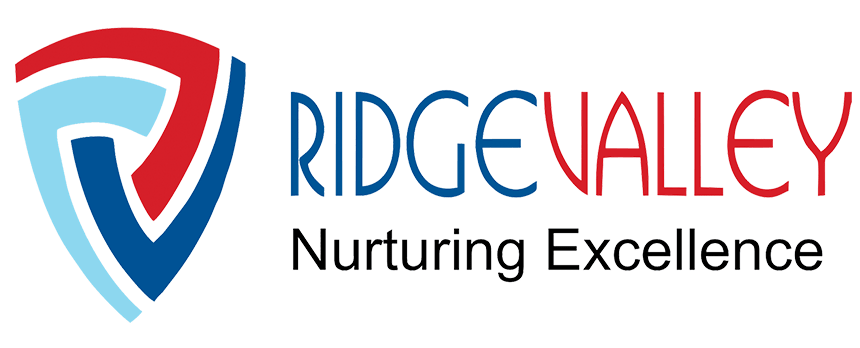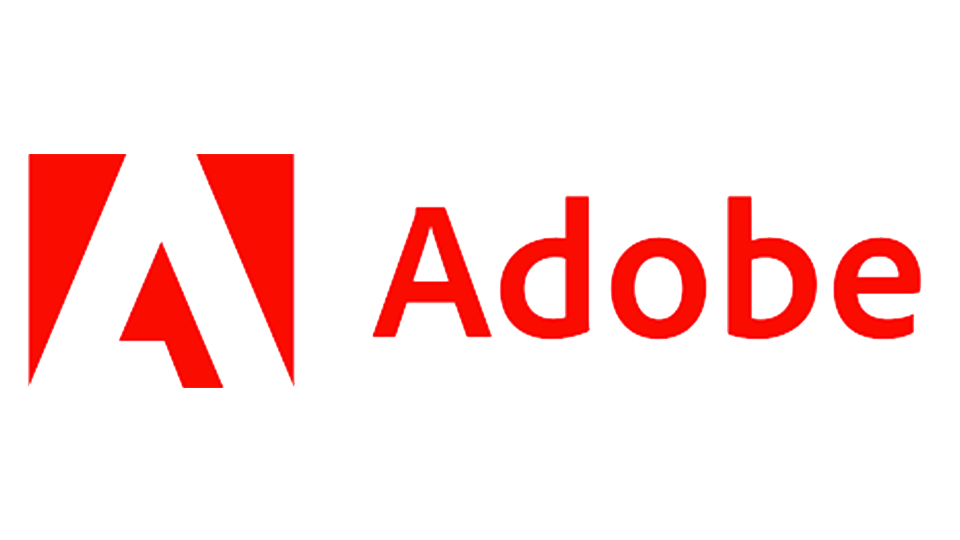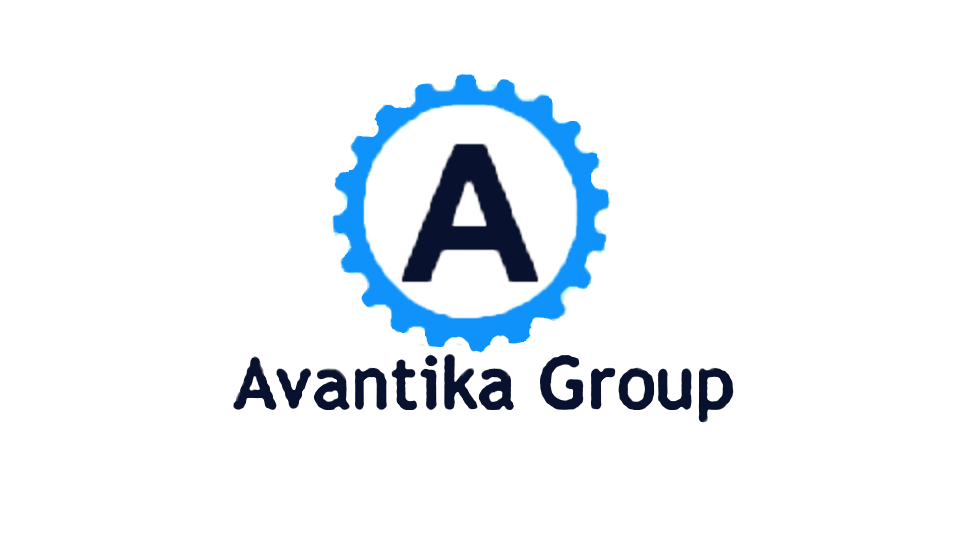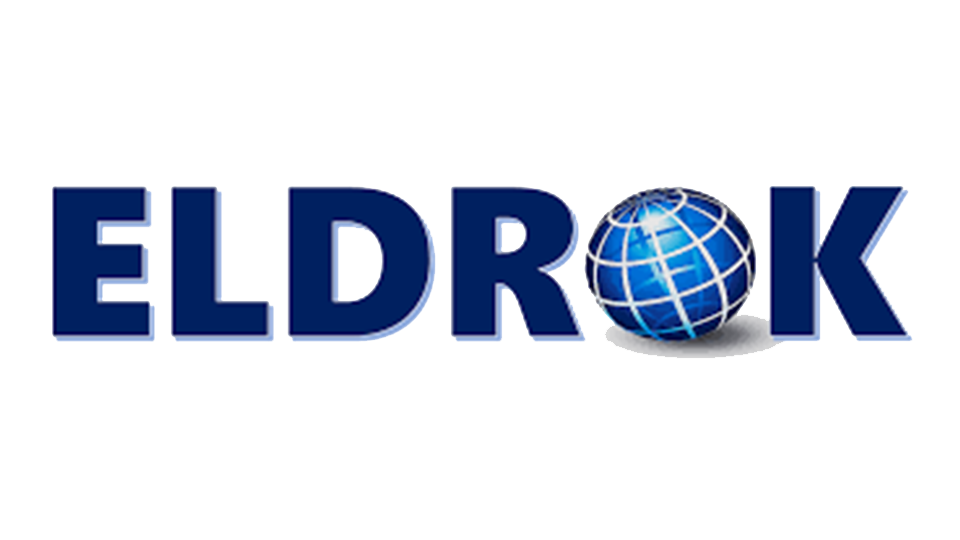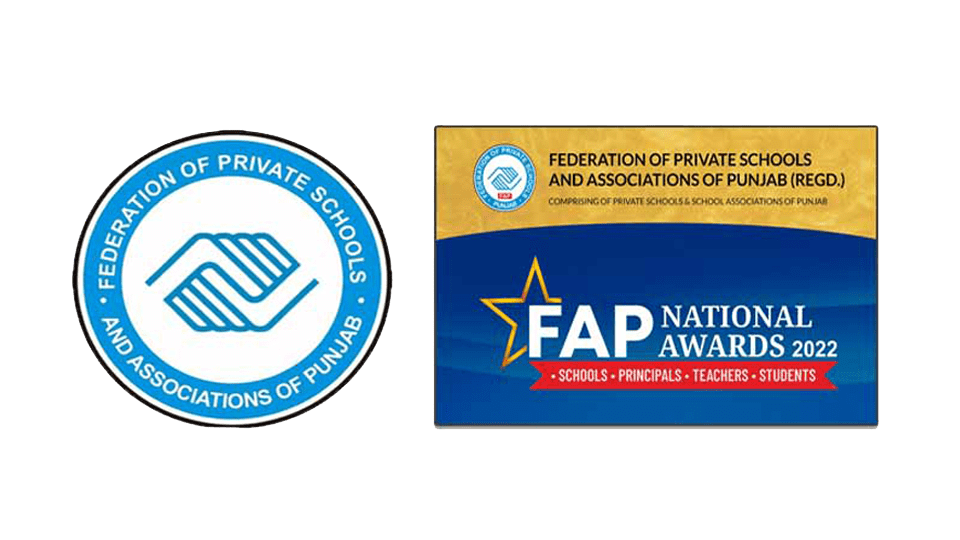Introduction:
In today’s rapidly evolving educational landscape, traditional teaching methods are gradually making way for more dynamic and interactive approaches that promote student engagement and active learning. At Ridge Valley, the schools in gurgaon where one such transformative method gaining traction is the use of student-generated content (SGC) in classrooms. Student-generated content is a powerful tool that taps into the creativity, critical thinking, and communication skills of students, allowing them to become active participants in their learning process. By shifting the focus from passive absorption of information to active creation, SGC fosters deeper learning, enhances classroom interaction, and nurtures essential 21st-century skills.
In this article, we explore the power of student-generated content in enhancing classroom engagement. We will look at its benefits, the impact it has on learning outcomes, and practical ways to integrate this approach into the curriculum. Additionally, we will discuss how student-generated content is shaping future-ready learners who are equipped with the skills necessary for success in the digital age.
About Us:
Ridge Valley School strongly believes in the power of student-generated content to enhance classroom engagement and learning. Encouraging students to create their own content—whether it’s through blogs, presentations, videos, or digital projects—helps them take ownership of their learning and fosters critical thinking. By incorporating student-driven content into lessons, we create a more interactive and personalized learning environment. This approach encourages collaboration, boosts confidence, and allows students to express their understanding of subjects in creative ways. Through this method, we aim to develop not only academically competent individuals but also confident communicators and problem-solvers ready for future challenges.
What is Student-Generated Content (SGC)?
Student-generated content refers to any content created by students as part of their learning experience. This content can take many forms, including written work, videos, blogs, podcasts, artwork, presentations, and digital media. By creating content, students can demonstrate their understanding of concepts, express their thoughts and ideas creatively, and showcase their unique perspectives.
Unlike traditional assessments, which often focus on memorization and recall, student-generated content allows learners to engage with the material in a more personal and meaningful way. It encourages students to apply their knowledge, think critically, and communicate effectively.
Why Student-Generated Content Matters
The inclusion of student-generated content in the classroom provides several important benefits that go beyond academic achievement. These benefits contribute to the overall development of students and prepare them for the challenges of the future, both in education and in the professional world.
-
Promotes Active Learning
Active learning is a process in which students take an active role in their own learning, as opposed to passively receiving information from the teacher. Student-generated content fosters active learning by encouraging students to take ownership of their education. When students create content, whether it’s a video explaining a science concept or a blog post discussing a historical event, they are actively engaging with the material. This engagement results in a deeper understanding of the subject matter and greater retention of information.
-
Encourages Creativity and Critical Thinking
Creating content requires students to think critically and creatively. Rather than simply regurgitating information, students must analyze and synthesize knowledge to present it in a way that is engaging and informative. Whether they are writing a script for a podcast, designing a digital infographic, or producing a video, students must use their imagination and problem-solving skills to communicate their ideas effectively. This process nurtures creativity and helps students develop the critical thinking skills that are essential for success in the modern world.
-
Enhances Communication Skills
Effective communication is one of the most important skills students can develop, and student-generated content provides a platform for students to practice these skills. Whether students are writing essays, recording podcasts, or creating videos, they must learn to communicate their ideas clearly and concisely. The feedback they receive from peers and teachers further improves their ability to express themselves and make their messages more compelling. These communication skills are essential for success in higher education and in the workplace, where clear and effective communication is critical.
-
Fosters Collaboration and Peer Learning
Student-generated content also facilitates collaboration and peer learning. Many times, creating content requires students to work together in teams, whether it’s for a group project or a class-wide digital production. Through collaboration, students learn to share ideas, solve problems together, and appreciate the diverse perspectives of their peers. Peer feedback also plays a crucial role in the learning process, as students can review each other’s work, offer constructive criticism, and learn from one another.
-
Builds Digital Literacy and Technological Skills
In today’s digital age, proficiency in technology is essential for students to thrive in both their academic and professional lives. By engaging in student-generated content, students become more comfortable with various digital tools and platforms. Whether it’s editing videos, designing websites, or using social media for educational purposes, students develop valuable digital literacy skills that will serve them well in the future. These skills are not only beneficial for academic success but also critical for navigating the increasingly digital job market.
-
Increases Student Motivation and Ownership
When students have the opportunity to create their own content, they feel more motivated and empowered. They take ownership of their learning process, knowing that their work will be shared and valued. This sense of responsibility drives students to produce high-quality content and to engage more deeply with the material. The creative process also makes learning more enjoyable, as students are encouraged to explore topics in a way that resonates with them personally. This increased motivation can lead to better academic performance and a greater passion for learning.
The Impact of Student-Generated Content on Classroom Engagement
Integrating student-generated content into the classroom can significantly enhance engagement by making learning more interactive and dynamic. When students are responsible for creating content, they are no longer passive recipients of knowledge—they become active participants in the learning process.
Here are some ways in which student-generated content enhances classroom engagement:
-
Personalizing Learning Experiences
Student-generated content allows students to tailor their learning experiences to their individual needs and interests. Rather than relying solely on textbooks or lectures, students can explore topics that they are passionate about and express their ideas in ways that suit their strengths. For example, a student interested in art may create a visual representation of a historical event, while another student who enjoys writing may compose an essay or article. This personalization makes learning more meaningful and relevant to each student.
-
Fostering a Collaborative Learning Environment
When students generate content collectively, they work together to create something that reflects their shared knowledge and understanding. This collaboration fosters a sense of community in the classroom, where students support each other’s learning and contribute to a shared goal. Collaborative projects, such as group podcasts, videos, or blogs, also allow students to develop teamwork and communication skills that are essential for future success.
-
Increasing Interaction with Teachers and Peers
Student-generated content also increases interaction between students and teachers. When students present their work in the form of content, teachers have the opportunity to engage with them on a more personal level, offering feedback and discussing their ideas in greater depth. Peer feedback also plays an important role in the process, as students review each other’s content and offer constructive criticism. This increased interaction fosters a more open and dynamic classroom environment, where students feel comfortable sharing their ideas and learning from one another.
-
Encouraging Reflection and Self-Assessment
Creating content encourages students to reflect on their learning and assess their own progress. As students create content, they must think about what they have learned, how they can present it, and what gaps in their knowledge may still exist. This process of reflection and self-assessment helps students take ownership of their learning and identify areas where they need to improve. This self-awareness is crucial for academic growth and personal development.
Practical Ways to Integrate Student-Generated Content into the Classroom
Teachers can implement student-generated content in various ways to enhance classroom engagement. Here are some practical ideas for incorporating SGC into different subject areas:
-
Digital Portfolios: Students can create digital portfolios to showcase their work throughout the year. This could include essays, art projects, videos, and other forms of content that demonstrate their learning. Teachers can review these portfolios to track progress and provide feedback.
-
Podcasts and Videos: Students can create podcasts or videos to explain concepts, interview experts, or share their thoughts on a particular topic. These multimedia formats are particularly effective in engaging auditory and visual learners.
-
Interactive Websites or Blogs: Students can design their own websites or blogs to present research projects or reflect on their learning experiences. This allows students to develop their digital literacy skills while showcasing their creativity.
-
Social Media Projects: Teachers can use social media platforms to encourage students to create and share content related to a specific topic or theme. For example, students could create an Instagram page or Twitter account dedicated to a historical figure or scientific concept.
-
Collaborative Group Projects: Students can work together on group projects to create content such as posters, websites, presentations, or videos. Group work encourages collaboration and fosters a sense of community within the classroom.
Challenges and Considerations
While the benefits of student-generated content are numerous, there are some challenges that educators must consider when implementing this approach. These include ensuring that all students have access to the necessary technology, providing adequate training on digital tools, and ensuring that content creation aligns with curriculum goals. Teachers must also create guidelines for content creation to ensure that it is relevant, respectful, and appropriate for the classroom.
Conclusion:
Student-generated content is a powerful tool that enhances classroom engagement, fosters creativity, and develops critical skills for the future. By encouraging students to create content, teachers empower them to take ownership of their learning and become active participants in the educational process. The benefits of SGC go beyond academic achievement—they help students develop the communication, collaboration, and digital literacy skills necessary for success in the modern world.
At Ridge Valley, the best CBSE School in Gurgaon where education continues to evolve, incorporating student-generated content into the classroom is a forward-thinking strategy that prepares students for the challenges and opportunities of the 21st century. By embracing SGC, schools can create dynamic, interactive learning environments that inspire creativity, critical thinking, and a lifelong love of learning.
FAQs:
Q1: How does student-generated content enhance classroom engagement?
It allows students to actively participate in their learning by creating content like videos, blogs, or presentations. This process fosters creativity, critical thinking, and deeper engagement with the material.
Q2: What are the key benefits of using student-generated content?
It promotes active learning, enhances communication skills, boosts confidence, and develops essential skills such as creativity, digital literacy, and collaboration, which are vital for future success.
Q3: Can student-generated content be used in all subject areas?
Absolutely! From creating podcasts in language arts to designing experiments for science, student-generated content can be adapted to any subject, making learning more engaging and relevant.
Q4: How does student-generated content improve digital literacy?
By creating digital content such as blogs, videos, and presentations, students develop essential digital literacy skills that are crucial for navigating the modern, tech-driven world.
Q5: How does student-generated content foster collaboration?
Students often work in groups to create content, fostering teamwork, sharing ideas, and learning to communicate effectively. Collaboration strengthens social and interpersonal skills while enriching the learning experience.
Q6: How do teachers assess student-generated content?
Teachers can assess content based on creativity, depth of understanding, clarity of communication, and how well it integrates course concepts. Peer reviews and self-assessment also provide valuable feedback.
